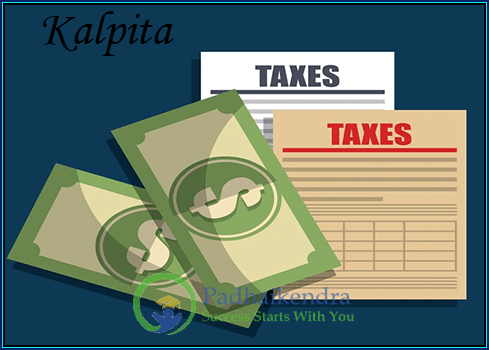Meaning of the term Kalpita/ Upkilpta taxes during Gupta Period
During the Gupta period, the state imposed several types of taxes on the people. One of these was the Kalpita/Upkilpta taxes, which were levied on specific activities or products.
Kalpita taxes were those that were imposed on activities that were not typically taxed, but the government created a tax on them for a specific reason. For example, the government could tax the extraction of salt from saline soil or the production of certain types of cloth. The rate of these taxes could vary based on the economic condition of the region.
Upkilpta taxes were those that were imposed on products that were already taxed at the production or trade level. The government would levy an additional tax on these products to generate revenue. For example, the government could impose an additional tax on goods like cotton, wool, or sugar, which were already taxed at the production or trade level.
These taxes played a significant role in the Gupta period economy. They generated revenue for the government and helped fund the administration, infrastructure development, and military expenses. The government could also use these taxes to regulate specific activities and products to promote or discourage certain practices.
However, the excessive imposition of these taxes could also lead to economic hardships for the people, especially the farmers and small producers who were already struggling to make ends meet. Hence, the administration had to balance its revenue needs with the people’s economic welfare to maintain stability in the economy.

